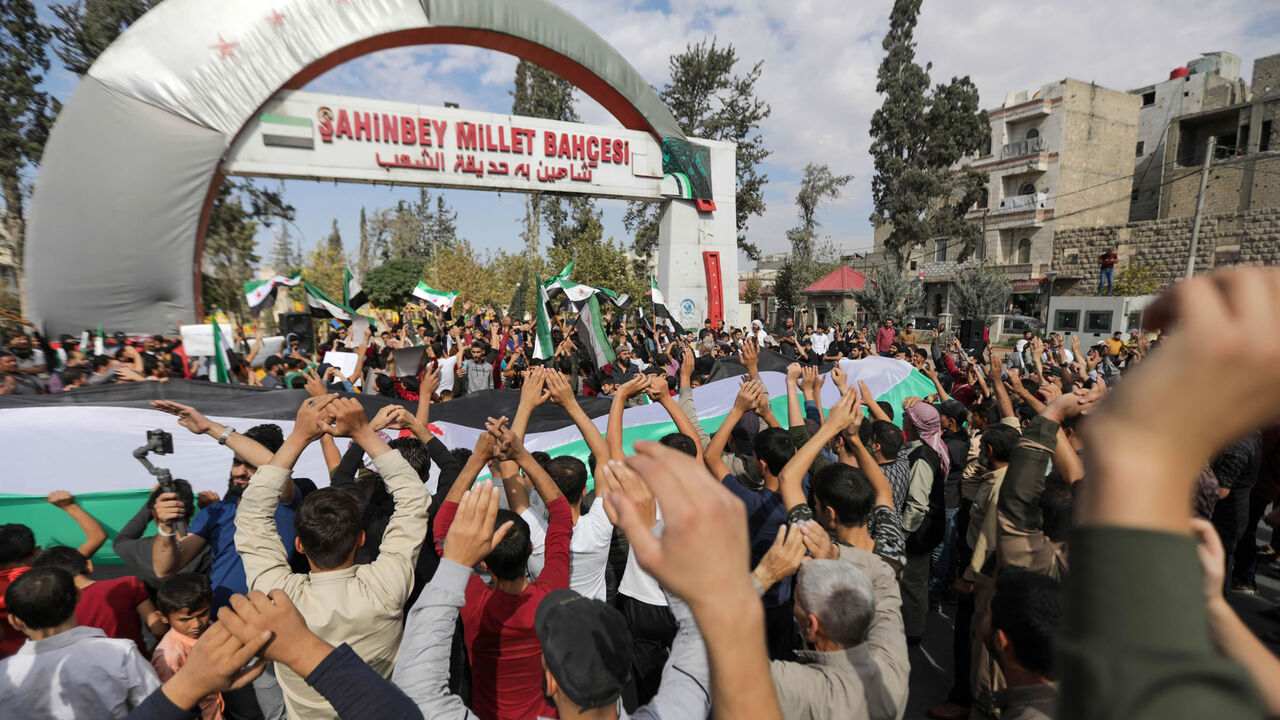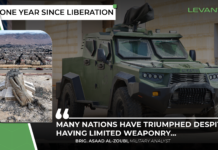
The northwestern region of Syria has been a hub of political and military activity following the events of July 1. Protests erupted in response to racist attacks against Syrian refugees in Kayseri, central Turkey, and the Turkish government’s statements about normalization with the Assad regime. These demonstrations have not only highlighted public anger but have also intensified existing competition among military factions in the area, leading to significant political and military realignments.
The military factions in the Syrian National Army (SNA) garrisoned in northern Syria have divided into two main alliances following the protests. The first alliance, comprising the Sultan Suleiman Shah Division and the Hamza Division, views the demonstrations as an opportunity to strengthen its influence in the Aleppo countryside. This coalition’s efforts, believed to be backed by Turkish interests, have focused on consolidating control over the “Olive Branch” region in Afrin. Led by Muhammad Al-Jassim Abu Amsha and Saif Bulad Abu Bakr, the alliance aims to present a reformed image, distancing itself from past accusations of violations against civilians.
Conversely, the second alliance perceives the demonstrations as a threat to stability, prioritizing its strategic relationship with Turkey and aiming to suppress the protests to maintain its dominance. Demonstrating caution of any actions that could destabilize the areas under its control. The competition between these alliances extends beyond political goals to control vital resources, regions, and strategic crossings.
The protests that began on July 1 have played a crucial role in reinforcing these alignments. Members of the Levant Front, the Liberation and Construction Movement, and Ahrar al-Sham participated in the demonstrations, while the joint force was accused of firing at demonstrators in Afrin, causing casualties. These events have further solidified the positions of the two alliances and heightened tensions.
Initiatives are underway to address ongoing tensions and administrative challenges. Civil and political leaders are advocating for local administrative reforms and political bodies to represent the interests of Syrians in the region – rather than Turks in Antakya. These efforts aim to provide a stable governance framework and address the grievances that fueled the July protests.
Observers suggest that the rivalry between the alliances could escalate into clashes, particularly given the strategic movements and preparations by both sides as recently seen in the city of al-Bab. However, some hope that new political initiatives can provide a pathway to stability and reform in the region. The coming months will be crucial in determining the future direction of northern Syria, as alliances continue to shift and new initiatives emerge in response to the July 1 unrest.








